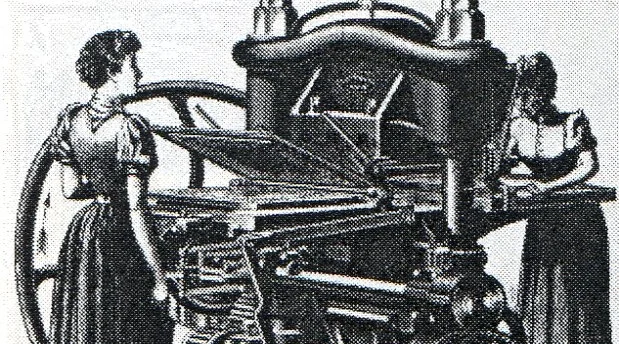The conference Women in Print focused on the relationship between women and the typographic world whether as producers, consumers or distributers. Organised by the Centre for Printing History and Culture and hosted by the University of Birmingham, the conference attracted a truly international delegation. This interdisciplinary conference sought to recover the lives, work and impact of the women who were active in all aspects of printing and print culture. The 2-day conference invited speakers from the around the world to highlight and showcase those contributions that may have been neglected or undervalued. The conference coincided with the centenary of the passing of the Representation of the People Act, which granted the right to vote to British women over the age of thirty. Central to the campaign for female suffrage was printed material: pamphlets, posters, plays, fiction, poetry, flyers, banners and newspapers were all utilised in support of the suffragettes’ cause. This use of printing technology is indicative of the wider engagement of women with print culture throughout world history.
The first day of the conference was opened by a keynote lecture from Professor Helen Smith (University of York) who explored the relationships between widows, orphans and other errors both on and off the early modern page. Her lecture demonstrated how early modern women committed, related and responded to typographic mistakes; she also addressed how we might think productively about print’s gendering of errancy and error, and the design of the early modern page. Sessions from the first day also covered aspects of women producing and consuming print with papers such as Sébastien Morlighem’s (École Supérieure d’Art et de Design, Amiens) A tale of two Elizabeths: renovating the Caslon foundry which told the intricate story of William Caslon’s foundry that was managed by Elizabeth Caslon and Elizabeth Caslon; the first Elizabeth (née Cartlitch) was the widow of William Caslon II, who was assisted by the widow of her second son, Elizabeth (née Rowe).
Nadine Chahine gave a thought-provoking presentation about her work as a designer of Arabic typefaces. Typefaces embody the unspoken messages in our words, which is why it has become ever more necessary for Nadine to ensure that the plurality of voices in Arabic culture is represented through her designs. Ann Field (Marx Memorial Library & Workers’ School) gave the third keynote of the conference. Her talk brought together a rich collection of archival material to highlight the presence of women workers in their many thousands in print and their long history of trade union organization and struggle for equality and workers’ rights. Among the many presentations on the final day, a panel session featuring speakers from Simon Fraser University, Canada, on their Women’s Print History Project, 1750–1836 sparked much interest from the delegation. The project aims to create a database that accounts for women’s involvement in print through bibliographical remediation.
The final plenary session opened up discussion to the audience, and focused on how Women in Print could move forwards. There was a general consensus that networking and the exchange of research projects was useful and that this should continue via an online platform until there is a further opportunity to host another meeting. If you are interested in hearing about future events, join the CPHC mailing list via www.cphc.org.uk
The Centre for Printing History and Culture acknowledges the support of the Bibliographic Society and History West Midlands who kindly contributed to the Women in Print conference.
Dr Connie Wan

